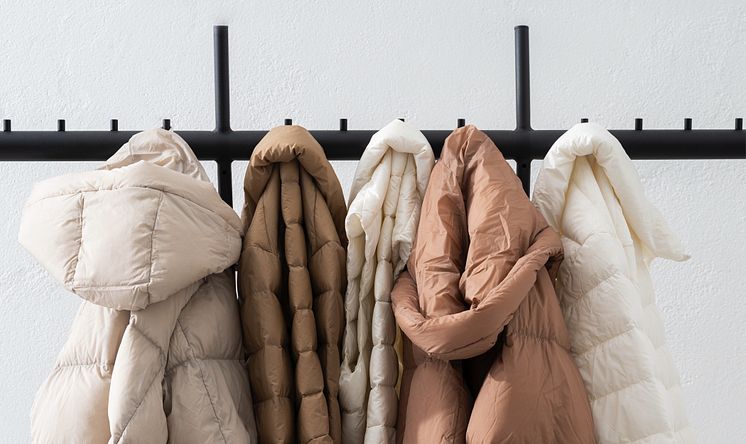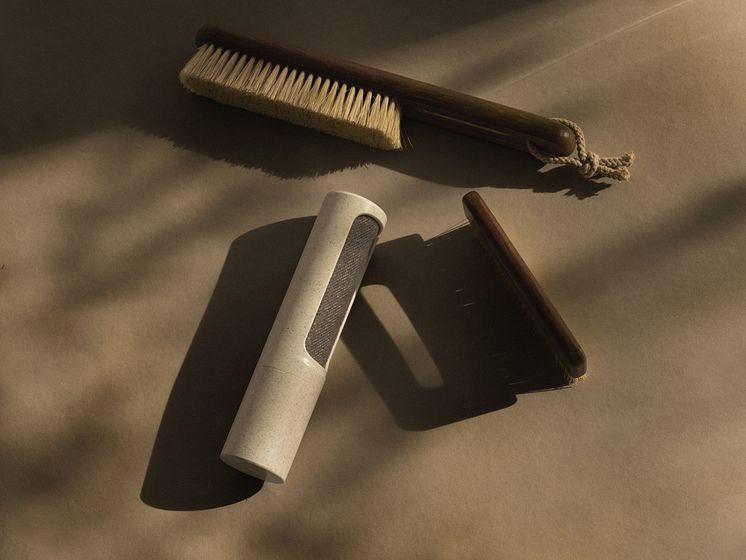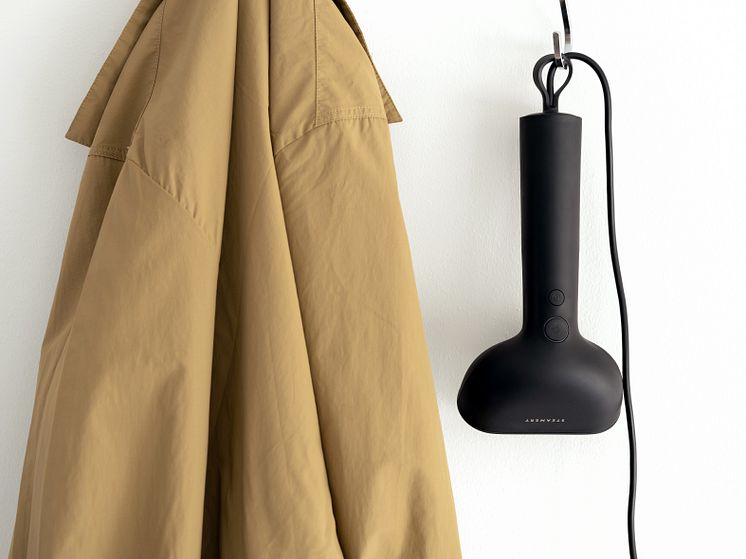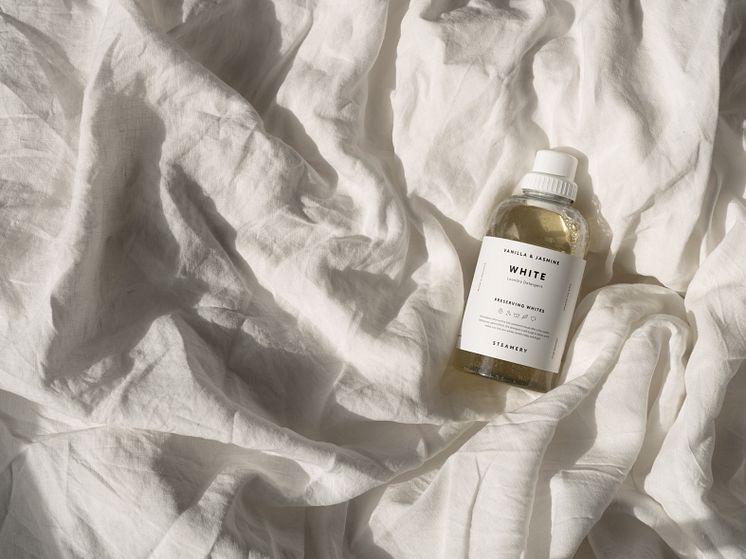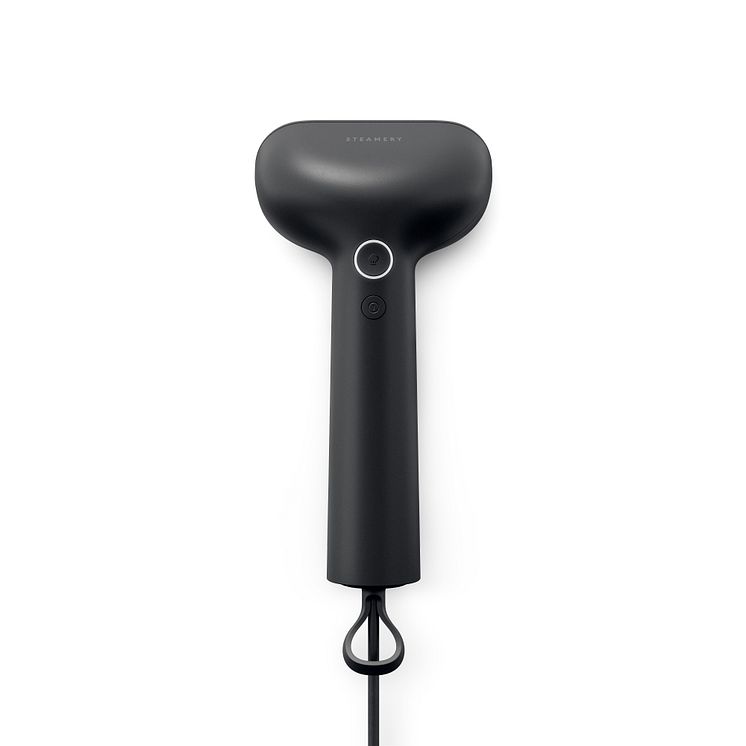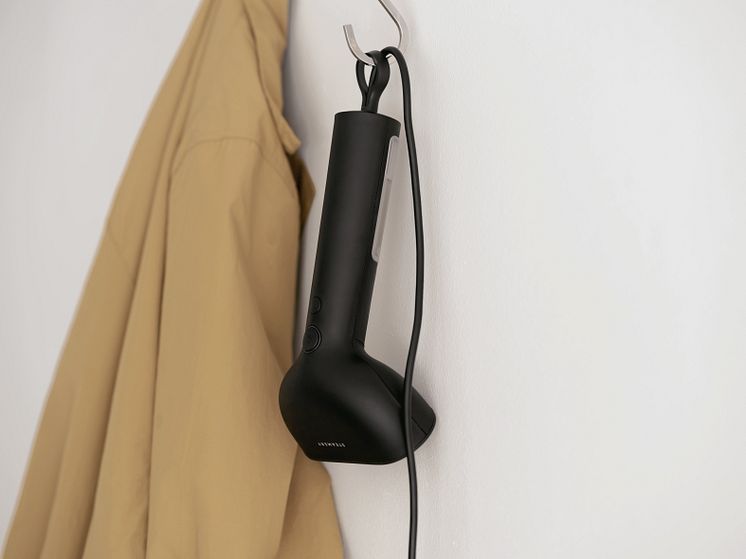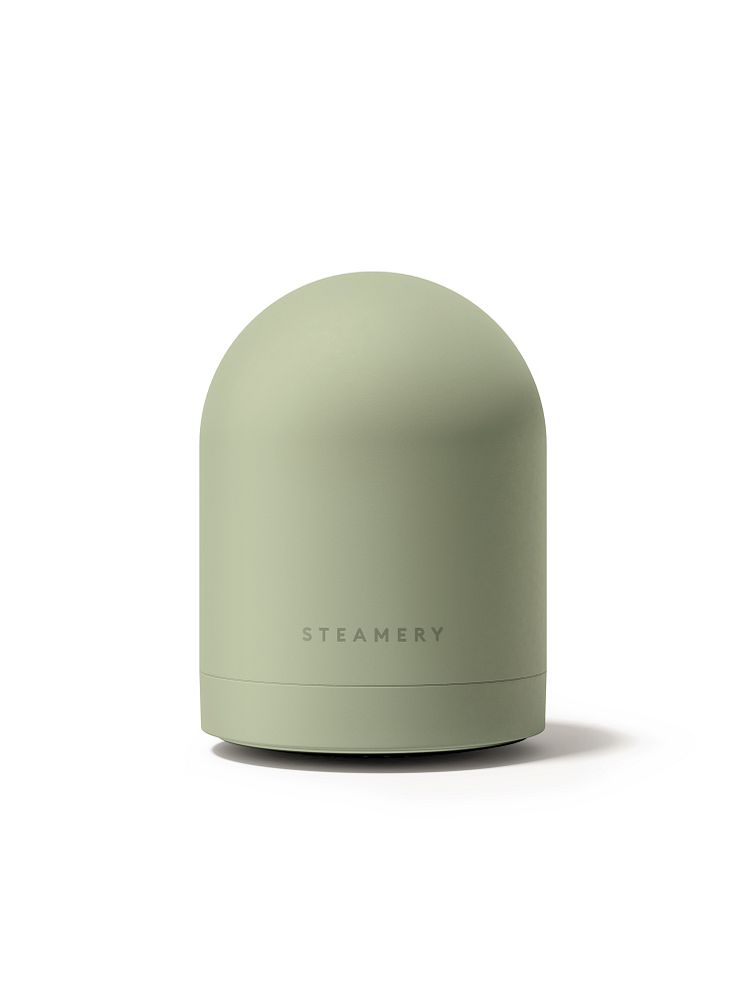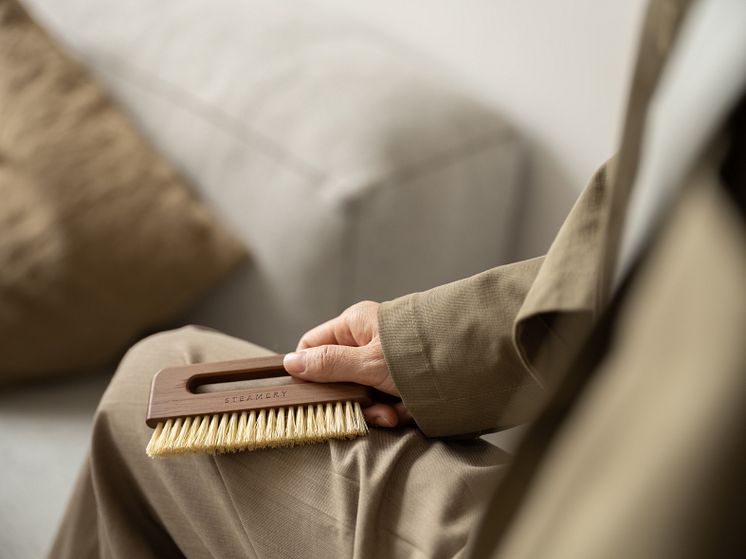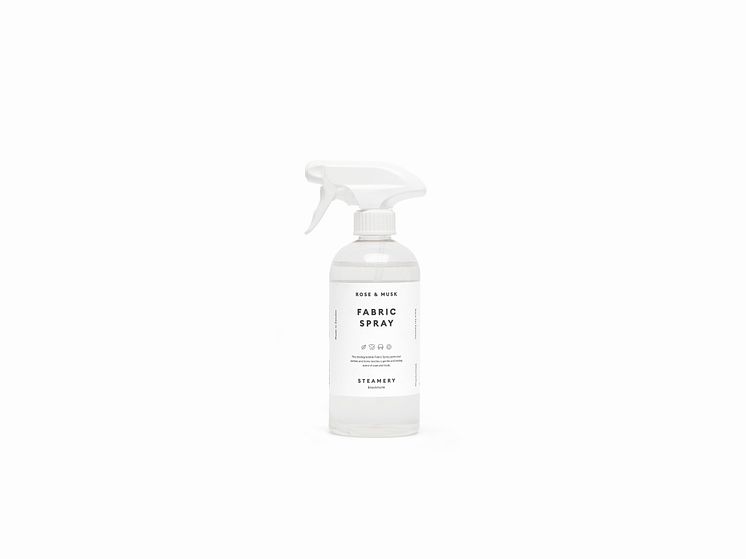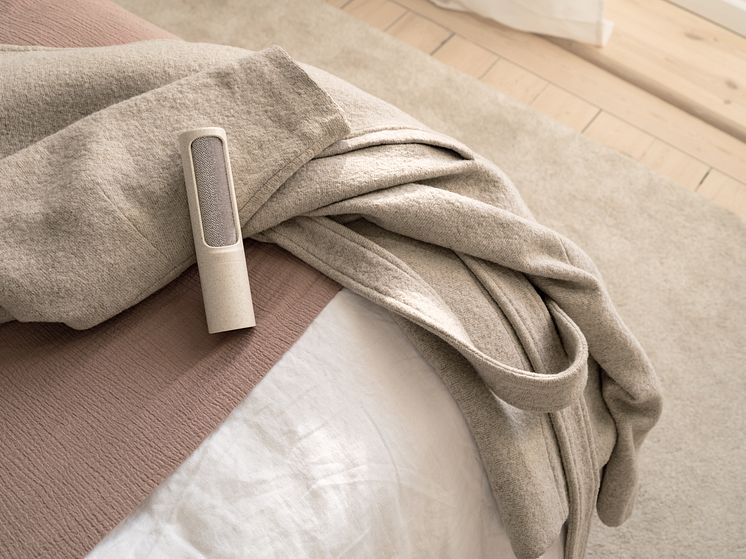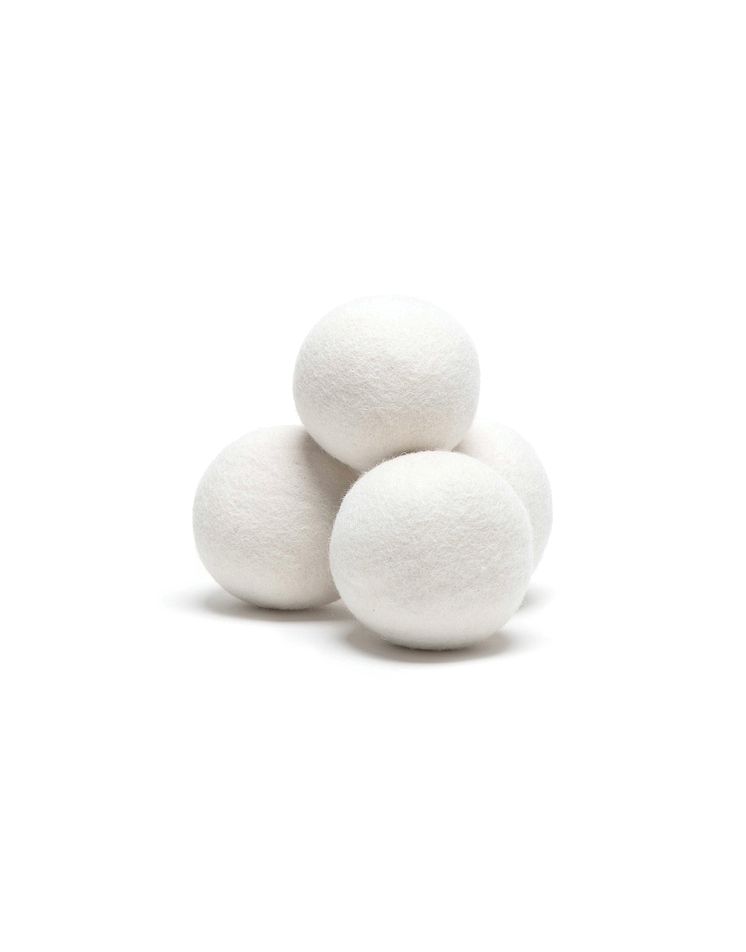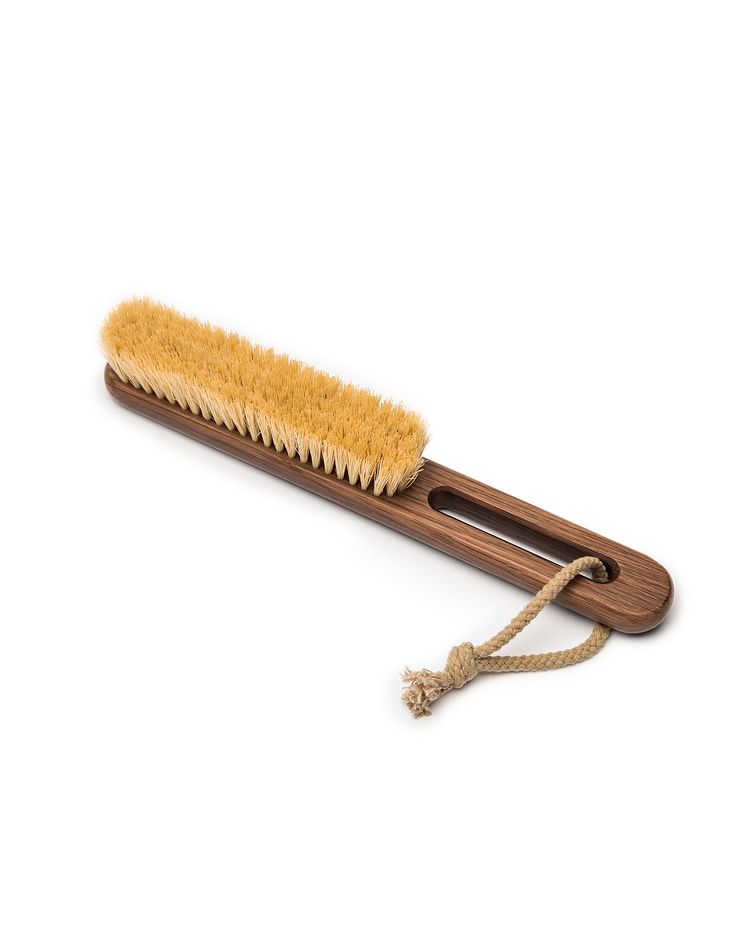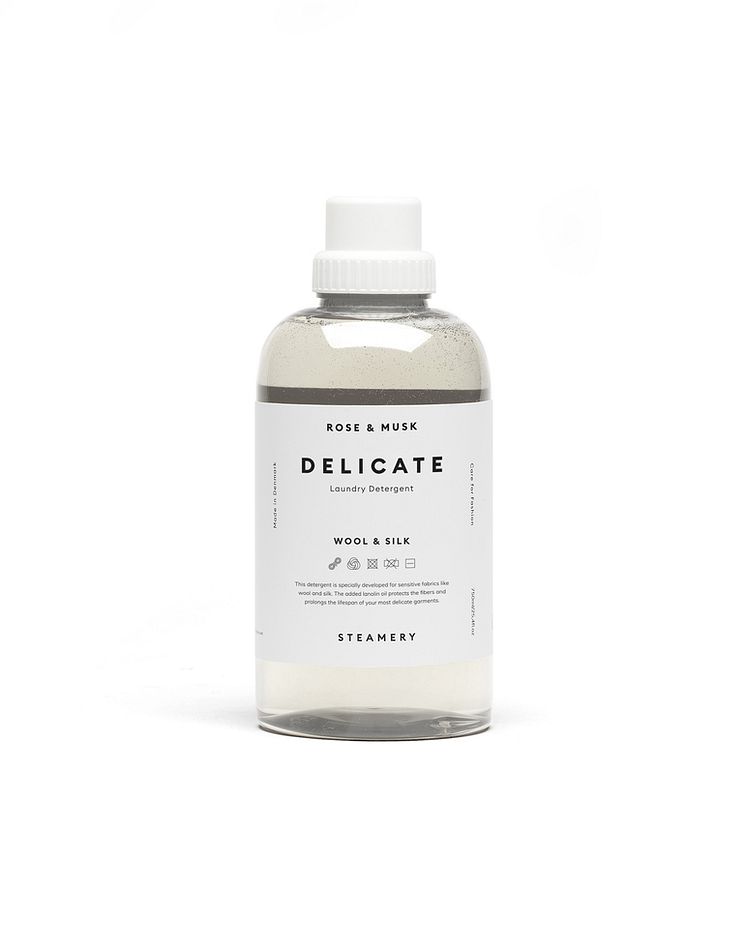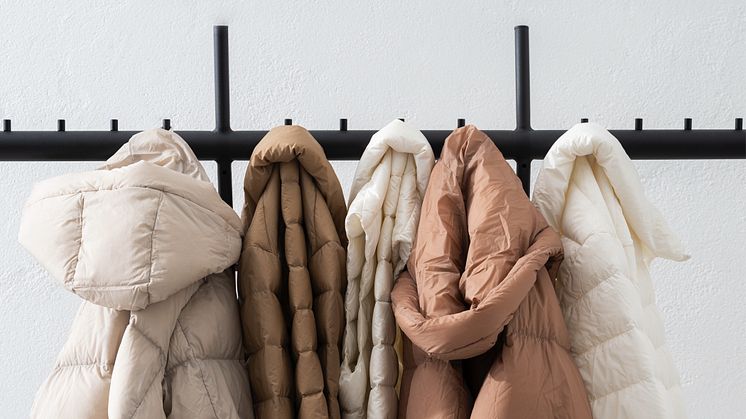
Blog post -
7 warm materials to wear during winter & how to take care of them
The materials you pick for your clothes and winter wardrobe impact how warm they keep you when the temperature drops. They also impact how well they shield you from chilly winds and dampness during the winter season. Here are some suggested fabrics for winter to wear for the best insulation and to avoid feeling cold.
1. Wool
Wool is a great material and a natural fiber to wear during winter when the temperature drops. The material keeps you warm by trapping warm air close to your skin. Wool is also very breathable and prevents overheating when dressing too warm.
Wool fibers also have a natural outer layer that repels water, helping to keep you dry in light rain or snow. Cashmere and merino wool (that comes from the merino sheep) are two popular and excellent wool materials for colder seasons
2. Down
Down feathers, often used in winter jackets and coats, offer exceptional warmth during cold weather because of their exceptional insulation properties. Down is just as wool breathable and allows moisture (for example sweat) to escape. This breathability ensures that you stay warm and comfortable without feeling overly sweaty if you are wearing multiple layers.
3. Fleece
Fleece is a popular material for winter clothing. The material has several characteristics that make it an excellent choice for staying warm. It provides a high level of insulation and traps heat close to the body. Fleece is also soft to the touch and comfortable to wear during cold and windy weather.
4. Gore-Tex
Gore-Tex is a water-resistant material and essential for outerwear like jackets and pants. It provides a waterproof barrier, keeping you dry even in heavy rain, snow, or wet conditions.
One of Gore-Tex's standout features is its breathability. It allows moisture vapor to pass through the material, preventing you from getting sweaty inside your clothing. This is crucial for comfort during physical activities in cold and wet conditions. Gore-Tex also provides excellent wind protection for cold air.
Despite its waterproof and windproof capabilities, Gore-Tex materials are relatively lightweight. Which is ideal for those who want to do outdoor activities, without feeling weighed down by heavy clothing.
5. Cotton flannel
Cotton flannel is exceptionally soft and comfortable against the skin, making it a favorite for pajamas, sheets, and blankets. Flannel is a warm fabric that provides excellent insulation, especially when the temperature drops during winter. The fabric traps heat close to the body, making it ideal for winter clothing.
Despite its warmth, cotton flannel remains breathable. It can remove moisture from your body, keeping you dry and cool, which is important for a comfortable sleep.
6. Leather
Leather is an excellent insulator that helps you stay warm during cold weather and freezing temperatures. Leather is also effective at blocking wind chill and cold air, providing a natural barrier against the cold. This makes leather an ideal material for a wide range of clothes like winter coats, gloves, and boots.
Leather is very durable. High-quality leather products can last for many years, making them a good investment for winter wear. Leather is a natural material, and many people prefer it over synthetic alternatives because of its texture and overall feel.
7. Faux fur
Among all cold-weather fabrics, faux fur is one of the most fashionable. Faux fur is often found in the lining of gloves, adding extra warmth and a stylish touch to winter clothing.
Faux fur has a better price point compared to real fur and is therefore a favorite among many fashion designers. The most significant advantage of faux fur is that it is cruelty-free compared to real fur. Meaning that no animals are harmed or killed when producing the material.
And at last, remember that layering is key during cold winter weather. Start with base layers with warm materials, and finish with a waterproof and windproof outer layer. Additionally, don't forget to wear appropriate winter accessories like scarves, hats, and thermal socks to keep warm during the winter months.
Care advice
Washing heavy outerwear can feel like a daunting task. But luckily, these garments do not need to be washed very often. To keep your jackets fresh between washes, make a habit of airing them out after use and occasionally spritzing some Fabric Spray on the fabric. Simply hanging your jacket outside to air overnight can work wonders and make it feel fresh again without having to wash it.
When you do wash your outerwear, it is important to use a gentle detergent that is made for delicate fabrics. Steamery’s Delicate Laundry Detergent is specifically designed for natural fabrics like wool and its formula includes a lanolin oil that nourishes the textile fibers.
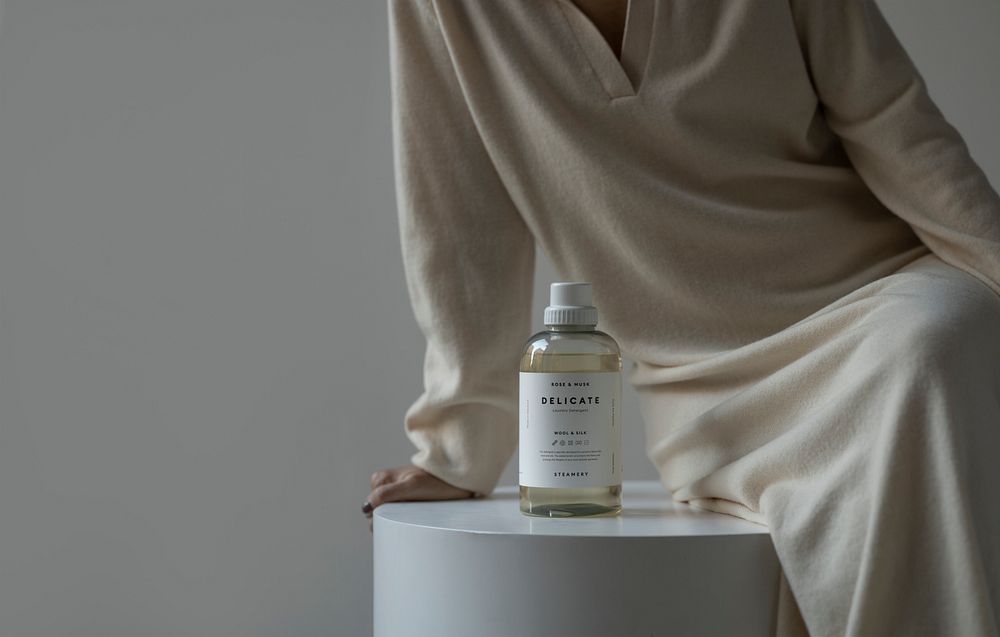
Down jackets
The ‘wash less’-rule is definitely applicable to down jackets and blankets. In fact, frequent washing can easily result in the down losing its fluffiness. Down jackets can also really benefit from some air circulation to remove odors. When you can no longer avoid washing your down jacket, opt for an enzyme-free detergent, choose a gentle cycle, and wash at a low temperature.
Dry your down jackets inside out at a low temperature. Adding Tumble Dryer Balls to the tumble dryer will allow warm air to circulate more evenly and remove static while dramatically reducing the overall drying time. Pause the tumble dryer occasionally to shake the jacket to make sure the down spreads evenly throughout the garment. The down jacket is ready to wear again when it is completely dry and free of bad odors.
Shell jackets
Waterproof or windproof outerwear, such as ski jackets, are usually designed with a water-repellent membrane or coating. A benefit of the shell jacket is that dirt tends to stay on the surface. Most of the time you can use a clothing brush to sweep off surface dirt like lint, dust, dandruff, and hair as soon as it appears. As with other jackets, you can also prolong the time between washes by airing out the jacket after use.
When you need to wash your shell jacket, avoid using a standard laundry detergent or fabric softener, as these can damage the waterproof coating. The materials may vary, so always check the care label first, and never go above the recommended temperature. Remember to close all Velcro straps and zippers to prevent tearing or ripping. Also, avoid using an iron to de-wrinkle your shell jacket, as this may damage the shell.
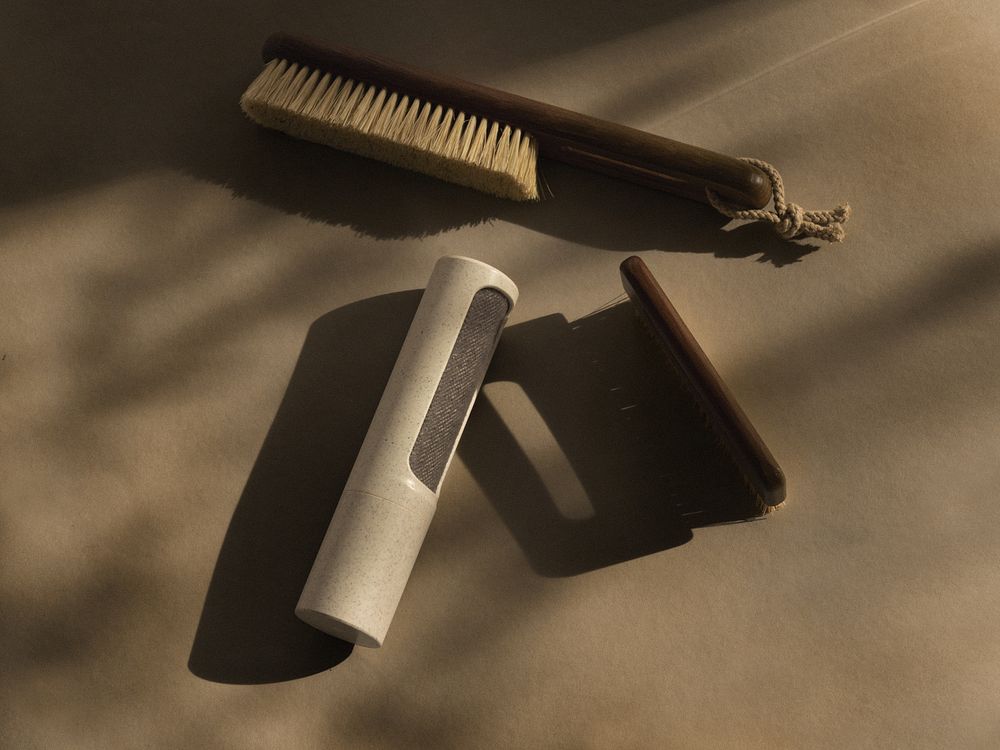
Fleece
Fleece is a classic winter fabric because of its insulating abilities, so it is no surprise that it is commonly used for blankets, sweaters, and jackets. Keep in mind that there are various kinds of fleece that require different care routines, and always check the care label before washing. Natural fleece is made from wool, but synthetic fleece is more common and is usually made of polyester.
Synthetic materials, in general, cannot handle high levels of heat. Therefore, it is best to wash fleece garments at low temperatures to maintain that soft and fluffy texture. Also, before you wash your fleece garments or blankets, make sure to pre-treat any stains with a stain remover, as washing without pre-treatment may cause stains to set in permanently.
Wool sweaters
Wool is naturally antibacterial and therefore requires less care than you might think. Hang your wool sweaters outside to air out after use as often as possible to minimize washing. Wool can be vulnerable to tough stains like berries, coffee, or chocolate, so spot-treat stains immediately to prevent permanent staining. Read more care advice for wool.
If unpleasant odors remain after airing out the textiles overnight, it is time to wash the wool garment. Hand washing is always advisable, but you can also use the wool cycle on your washing machine. Combining heat and movement will cause wool to shrink, so wash at a low temperature. And as with down jackets, it is important to always use an delicate detergent to protect the fibers and make your clothes last longer.

